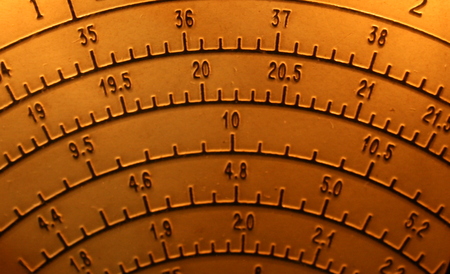Many thanks to SWLing Post reader, Paul Walker, who writes:
I will be doing another broadcast on Shortwave and it’s going to be even bigger and better right now.
Tentatively, this is how the broadcast schedule times/frequencies work out to be:
- WBCQ 5110khz and 9330khz Friday March 11th, 2016
10pm to 12midnight Eastern (which is 0300 to 0500 UTC Saturday March 12th) - WRMI 11580khz Thursday March 10th, 2016 Thursday March 10th, 2016
8pm to 10pm Eastern (which is 0100 to 0300utc on Friday March 11th) - Channel 292, 6070khz (Germany transmitter site) Friday March 110th, 2016
10pm to 12midnight UK time (which is 5pm to 7pm eastern, not that Channel 292 can be heard in the US… just giving you a frame of reference)
I am in the process of booking all this time, so something could change in terms of times/dates between now and the broadcast dates.
I’ll be doing 2 hours of rock n roll and country music .. no commercials, no pleading for money, no asking for donations.. just me, playing the music I like.. because. well I want to and I can.
I’m paying for time on all 4 of these stations out of MY OWN POCKET, again for no reason, other then I want to.
So many complain about what radio lacks, wether am, fm or sw and lament about the old days or suggest what would work today.. but want it done with other people’s money.. they won’t put up and shut up. What I do won’t change radio or make much of a difference in the grand scheme of shortwave radio, but I can have fun and share my love of radio and music with others.
I am trying to secure an hour or two on a United Kingdom area AM station as well if it is affordable and I can find one to sell me time.
Writing to you from an apartment only 500 feet from the frozen Yukon river in Alaska’s interior region.
Excellent news, Paul! Please keep us informed as I’m happy to post any updates you may have. We’ll be listening!







 Digital Radio FM Europe blog
Digital Radio FM Europe blog
